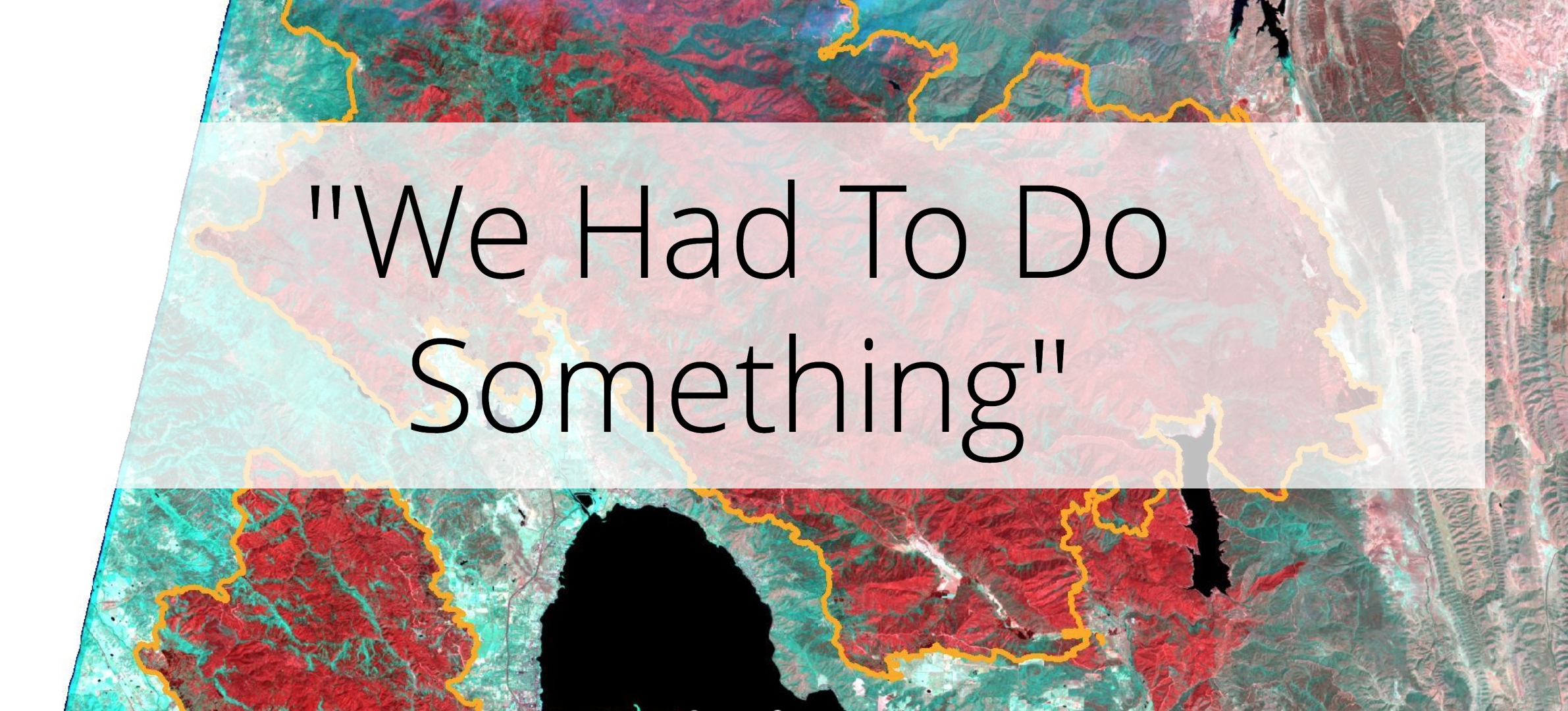
BIGHORN FIRE: A Big Fire Management Success
Managing wildfires with ecological fire use in the age of Covid-19

Labor Day Fire Analysis
In September 2020, Oregon experienced the most extreme wildfire event in the state’s history. In a matter of days, the "Labor Day Fires" ripped across vast swaths of public and private forestland on the westside of Oregon’s Cascade Mountains—a region that rarely sees widespread fire activity. Thousands of homes were lost, numerous people died, and over 10% of Oregon’s population was placed on some level of evacuation notice. Now that the smoke has cleared, researchers from around the region have begun to study the event to draw lessons about wildfire behavior under extreme weather events. Our team initiated this research project in November 2020 to drill into the following question: How do fuel conditions (and associated forest practices) influence wildfire behavior during extreme weather events?

In Oregon’s 2020 fires, highly managed forests burned the most
This record-breaking fire season has re-ignited discussions about causes of severe fires. One long-standing narrative is that fire suppression has resulted in ‘overgrown’ forests that fuel larger and more intense fires than occur under more intense management (the “fuels narrative”). This narrative, promoted by timber interests and the president, among others, is irrelevant within the context of Oregon's major western Cascades fires.

We Had to Do Something: Futility and Fatality in Fighting the 2018 Mendocino Complex Fire
Fire managers felt pressure to “do something” to stop the spread of the Ranch Fire, attempting a hastily planned burnout along a bulldozer fireline. But this action contradicted the advice from Forest Service risk management experts who warned that aggressive firefighting tactics had low probabilities of success given record-level fuel dryness at the time.

Carr Fire CATlines: The Environmental Impacts of Bulldozers in Wildfire Suppression
Bulldozer firelines or "CATlines" cause extensive, lasting environmental damage and destroy Native American heritage sites. In the era of climate change, they are rapidly becoming ineffective in stopping wildfire spread during severe weather conditions. The 2018 Carr Fire offers a case study for the kinds of damage caused by catlines whose scars still remain on the landscape.

THE SKY’S THE LIMIT: THE SOBERANES FIRE SUPPRESSION SIEGE OF 2016
The Soberanes Fire Suppression Siege offers an extreme example of excessive, unaccountable, budget-busting suppression spending that is causing a fiscal crisis in the U.S. Forest Service. It demonstrates the absolute necessity for Congress to perform critical oversight of wildfire suppression spending by federal agencies.

FUSEE Releases New Instructional Guide for Citizens to Access Wildfire Information Online
Firefighters United for Safety, Ethics, and Ecology (FUSEE) released their new report, FireWatch: A Citizen's Guide to Wildfire Suppression Monitoring, that provides easy step-by-step instructions for accessing a number of different internet sites that track wildfires.
